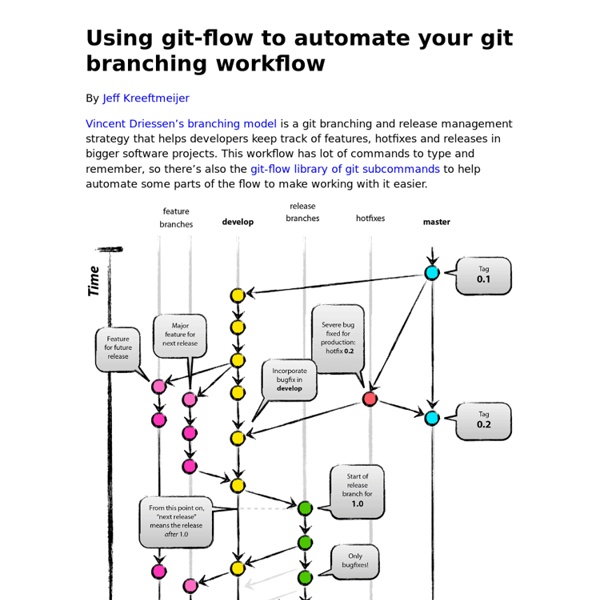Beyond HTML5 - Conversational Voice and Video Implemented in WebKit GTK+
Ever since releasing Bowser, the world’s first mobile WebRTC browser, to the public in 2012 we have been asked to share our implementation. Today it’s happening! Continue reading Lately I’m starting to hear second thoughts about NFV and SDN. Continue reading Current radio channel models will not work well in 5G. Are you listening? Eventually, all printed signs, advertising posters, price tags and similar information carriers will be replaced by electronic displays, wirelessly connected to the Internet and managed by cloud services. The HotSDN workshop covers many interesting issues of Software Defined Networks (SDN): from new ideas for designing switch hardware and APIs, over new software platforms for better control and management of SDN, to specific SDN use cases. Logging in to your favorite e-shopping site, you can verify the server’s authenticity with public key technology that didn’t even exist when the Internet started to form.
Electrical Engineering and Computer Science | 6.046J Introduction to Algorithms (SMA 5503), Fall 2005 | Video Lectures
Free Books
A lot of people keep asking about a good list of programming books. Hence, we are building this list to save your time and to spread the knowledge. Some of these books will definitely help us to evolve our coding skills and thought processes for developing better solutions. Meta-List Graphics Programming Language Agnostic: NerdDinner Walkthrough Assembly Language: Bash Advanced Bash-Scripting Guide See .NET below Django Djangobook.com Emacs The Emacs manual Thanks Emacser (October 17, 2010) Forth Git Haskell Dive Into HTML5 Java JavaScript Linux Advanced Linux Programming Lisp Lua Programming In Lua (for v5 but still largely relevant) Maven Mercurial NoSQL CouchDB: The Definitive Guide Objective-C The Objective-C Programming Language Parrot / Perl 6 Perl 6 (Work in progress) Perl PowerShell Mastering PowerShell Prolog PostgreSQL Practical PostgreSQL Python Learn REBOL Thanks Nick (October 19, 2010) Ruby Scala Scheme The Scheme Programming Language (Edition 4) Smalltalk Subversion SQL (Implementation agnostic) Symfony Vim
Hardware Design and Functional Programming: a Perfect Match
Mary Sheeran (Chalmers University of Technologyms@cs.chalmers.se) Abstract: This paper aims to explain why I am still fascinated by the use of functional languages in hardware design. I hope that some readers will be tempted to tackle some of the hard problems that I outline in the final section. Key Words: functional programming, hardware description languages, arithmetic and logic structures, circuit generation Category: B.2.2, B.6.3 1 Introduction At the beginning of the 1980s, many researchers independently came upon the idea of using a functional programming language to design and reason about hardware. We felt sure that we would have an impact, and cheerfully ignored ridicule. And functional programming languages, and our ideas about how to use them, have changed out of all recognition. 1.1 µFP My own route into this topic was via Backus' Turing Award paper [Backus, 1978]. Tal(0) = [1] Tal(n) = zip [apndl [0, Tal(n-1) mst], [n,n,..n], apndr [Tal(n-1) mst, 0] ] where mst = reverse tl
THE WORLD QUESTION CENTER 2011— Page 1
GEORGE LAKOFF Cognitive Scientist and Linguist; Richard and Rhoda Goldman Distinguished Professor of Cognitive Science and Linguistics, UC Berkeley; Author, The Political Mind Conceptual Metaphor Conceptual Metaphor is at the center of a complex theory of how the brain gives rise to thought and language, and how cognition is embodied. All concepts are physical brain circuits deriving their meaning via neural cascades that terminate in linkage to the body. Primary metaphors are brain mappings linking disparate brain regions, each tied to the body in a different way. Complex conceptual metaphors arise via neural bindings, both across metaphors and from a given metaphor to a conceptual frame circuit. Because conceptual metaphors unconsciously structure the brain's conceptual system, much of normal everyday thought is metaphoric, with different conceptual metaphors used to think with on different occasions or by different people. There are consequences in virtually every area of life.
What Every Computer Scientist Should Know About Floating-Point Arithmetic
This appendix is an edited reprint of the paper , by David Goldberg, published in the March, 1991 issue of Computing Surveys. Copyright 1991, Association for Computing Machinery, Inc., reprinted by permission. Abstract Floating-point arithmetic is considered an esoteric subject by many people. This is rather surprising because floating-point is ubiquitous in computer systems. Categories and Subject Descriptors: (Primary) C.0 [Computer Systems Organization]: General -- ; D.3.4 [Programming Languages]: Processors -- ; G.1.0 [Numerical Analysis]: General -- (Secondary) D.2.1 [Software Engineering]: Requirements/Specifications -- ; D.3.4 Programming Languages]: Formal Definitions and Theory -- ; D.4.1 Operating Systems]: Process Management -- . General Terms: Algorithms, Design, Languages Introduction Builders of computer systems often need information about floating-point arithmetic. Rounding Error The IEEE standard goes further than just requiring the use of a guard digit. Guard Digits Proof



